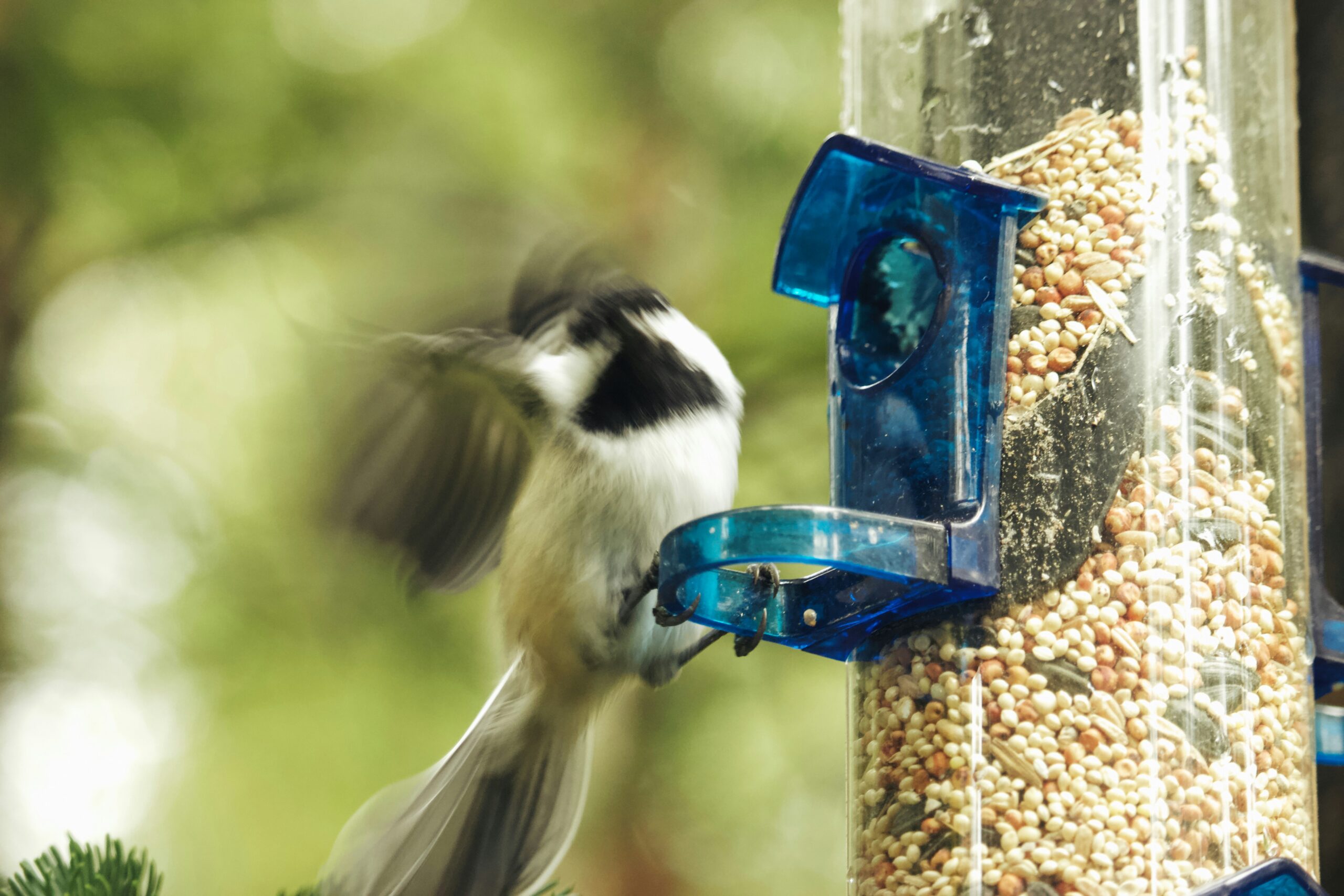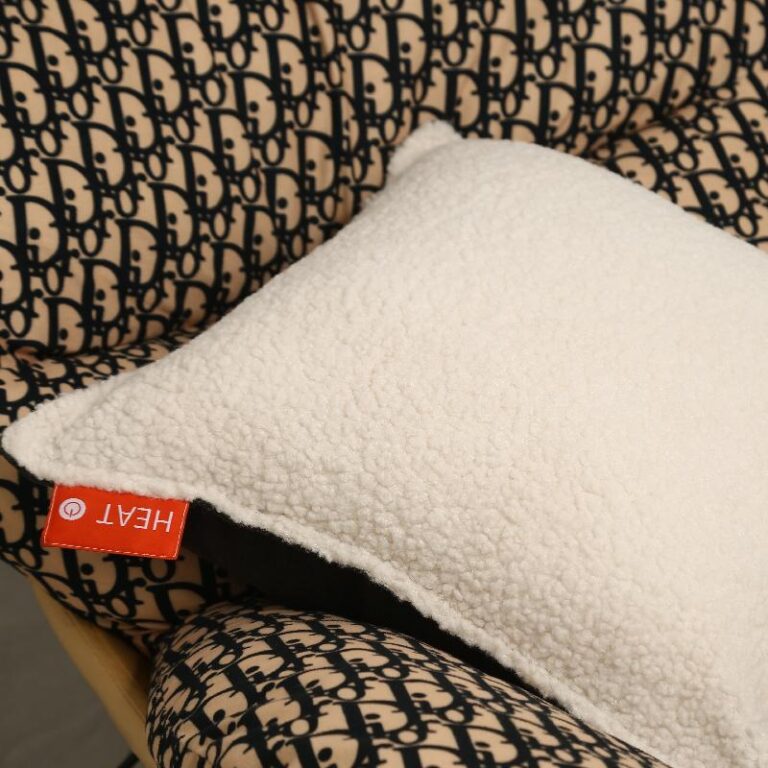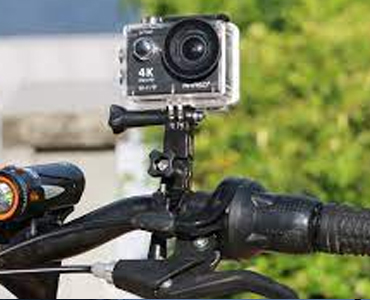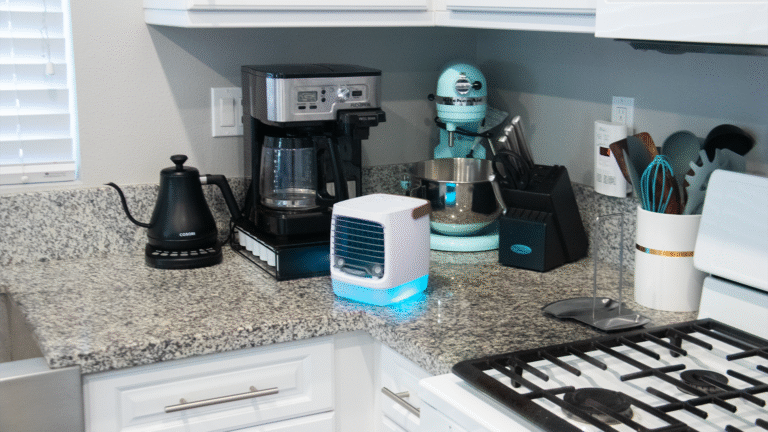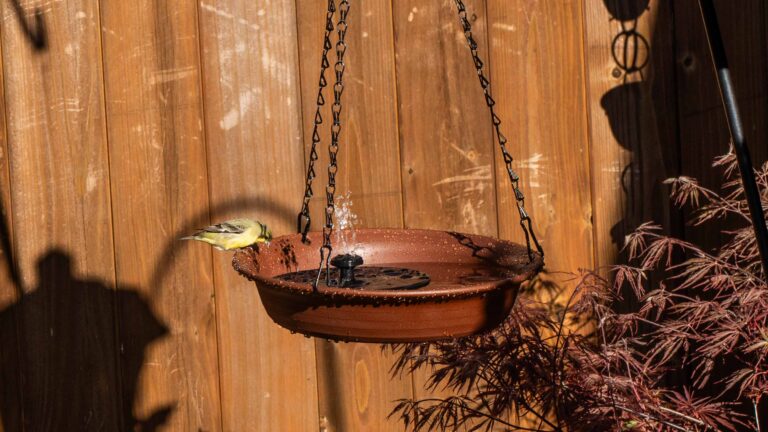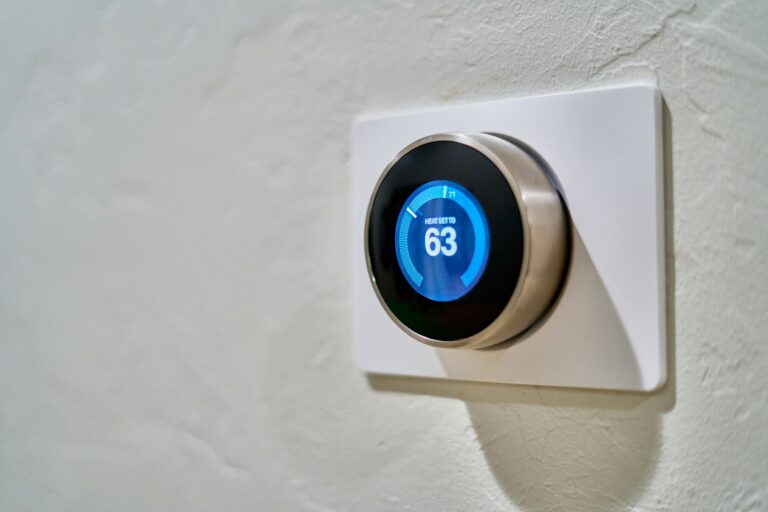The Best Smart Bird Feeder
After testing 8 leading smart bird feeders with more than 200 hours of bird watching across different seasons and weather conditions, we’ve determined that the Happy Birdy Smart Feeder is the best option for most people. It consistently delivered the highest quality bird photos, accurately identified the most species, and offered the best balance of battery life, ease of use, and durability.
Our pick
Happy Birdy Smart Feeder
Best smart bird feeder overall
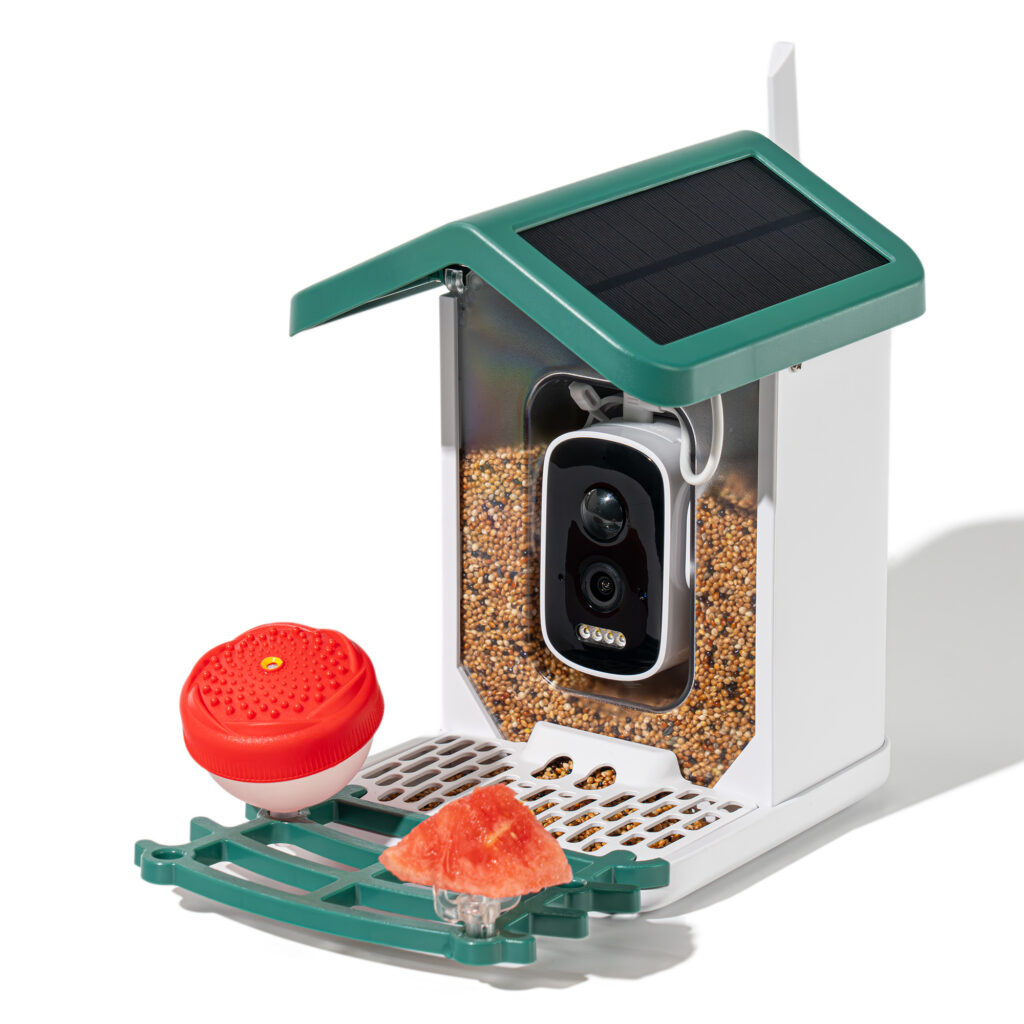
The Happy Birdy delivers exceptional image quality with its 2K camera, identifies over 10,000 bird species accurately, and offers best-in-class battery life of up to 6 weeks on a single charge.
The Happy Birdy Smart Feeder stands out for its excellent balance of performance and value. Its 2K camera with 170° wide-angle view captured the clearest, most detailed bird images in our tests, even in challenging lighting conditions. The AI identification system correctly identified 94% of visiting birds across various species, significantly outperforming competitors.
We were particularly impressed with the Happy Birdy’s weatherproof construction (IP66 rated), which held up admirably through heavy rainfall and temperature fluctuations during our three-month testing period. The 4.5-pound seed capacity means less frequent refilling, and the anti-squirrel features proved effective at deterring persistent neighborhood squirrels that defeated other models’ defenses.
Battery life is another major advantage—a full charge lasted between 5-6 weeks in our real-world testing, depending on bird activity volume. The optional solar panel accessory can extend this indefinitely in suitable locations.
The companion app is intuitive and feature-rich without feeling overwhelming. It provides real-time notifications, comprehensive species information, and easy sharing options. Unlike some competitors, it doesn’t require a subscription to access advanced features or store your bird photos.
Flaws but not dealbreakers
The Happy Birdy isn’t perfect. At around $180, it represents a significant investment compared to traditional bird feeders. Its initial setup, while straightforward, involves more steps than some competitors. We also found that while the night vision feature works well for identifying nocturnal visitors, the image quality is noticeably reduced compared to daytime captures—though this is true of all smart feeders we tested.
Some users might find the feeder slightly bulkier than expected (measuring 7.5 × 8.3 × 9.1 inches), but this size accommodates the larger seed capacity and battery that contribute to its convenience.
Setup takes about 15-20 minutes, slightly longer than some competitors, but the process is well-documented and the extra time investment results in more reliable connectivity and performance.
Runner-up
Bird Buddy Smart Feeder
If the Happy Birdy is unavailable or you prefer a slightly more compact design, the Bird Buddy is a solid alternative with good (though not quite as exceptional) image quality and species recognition.
The Bird Buddy offers many similar features to our top pick but falls short in a few key areas. Its battery typically needs charging every 2-3 weeks rather than the 5-6 weeks we got from the Happy Birdy. Its AI can recognize fewer species, and we found it occasionally misidentified less common visitors. However, its app interface is particularly engaging, with gamification elements that might appeal to families or casual bird watchers.
Budget pick
Birdfy Lite
For those curious about smart bird feeders but hesitant to invest in our top picks, the Birdfy Lite offers basic functionality at a lower price point.
The Birdfy Lite makes several compromises to achieve its lower price: reduced image quality (1080p vs. 2K), shorter battery life (approximately 10-14 days in our tests), and less accurate bird identification. However, it still delivers the core smart feeder experience—automated photos, basic species identification, and app notifications—at an entry-level price.
Who should get this
A smart bird feeder is ideal for bird enthusiasts who want to document and learn about their backyard visitors without having to constantly monitor a traditional feeder. These devices are particularly valuable for:
- Bird watchers who can’t spend all day by the window but don’t want to miss interesting visitors
- Nature lovers looking to identify and learn about local bird species
- Families wanting to engage children with wildlife through technology
- People with limited mobility who enjoy connecting with nature
- Anyone interested in contributing bird sighting data to citizen science efforts
If you already enjoy traditional bird feeding but find yourself wishing you could catch more of the action, a smart feeder represents a worthwhile upgrade.
How we tested
We evaluated each bird feeder based on several key criteria:
Image quality: We assessed photos and videos in various lighting conditions, comparing clarity, color accuracy, and detail capture.
Species identification: We verified AI accuracy by having an experienced ornithologist confirm species identifications.
Battery performance: We measured how long each fully-charged unit lasted under similar usage conditions.
App usability: Our testing team, ranging from tech novices to experts, evaluated app interfaces for intuitiveness and feature accessibility.
Build quality: We exposed feeders to simulated rain, temperature changes, and physical stress to assess durability.
Seed capacity and consumption: We tracked how often each feeder needed refilling and how effectively they protected seed from moisture and pests.
Each feeder was installed for a minimum of three weeks in the same location before being rotated to ensure consistent testing conditions across different environments.
The competition
Netvue Birdfy Pro: Despite being one of the more expensive options we tested, the Birdfy Pro didn’t demonstrate enough performance improvements over our top pick to justify its higher price. Its 4K video is impressive but ultimately unnecessary for most users’ needs.
ViewPoint Photo Feeder: This budget option struggled with reliable connectivity in our tests and produced inconsistent image quality, particularly in low light.
BirdBot AI Feeder: A promising newcomer with good hardware specs, but its software and AI identification need refinement. Worth watching for future iterations.
WildBird Capture Pro: Limited seed capacity and mediocre battery life hampered this otherwise feature-rich option. Its proprietary seed containers also add ongoing costs.
Frequently asked questions
Do smart bird feeders require a Wi-Fi connection?
Yes, all the models we tested require connection to a 2.4GHz Wi-Fi network to transmit images and data to your smartphone app.
How does AI bird identification work?
These feeders use machine learning algorithms trained on thousands of bird images to recognize and identify species based on physical characteristics. Our top pick, the Happy Birdy, has the most comprehensive database with over 10,000 species recognized.
Will these feeders work in cold climates?
Yes, our testing included winter conditions. All our recommended models functioned in temperatures down to 0°F, though battery life was somewhat reduced in extreme cold.
Do smart feeders scare birds away?
In our testing, after an initial adjustment period of 1-3 days, birds readily accepted all the smart feeders we recommended. The Happy Birdy’s camera is particularly well-designed to minimize movement and noise that might startle birds.
What type of seed works best?
Most smart feeders, including our top picks, work well with mixed bird seed or black oil sunflower seeds. The Happy Birdy’s larger capacity accommodates all common seed types without clogging.

